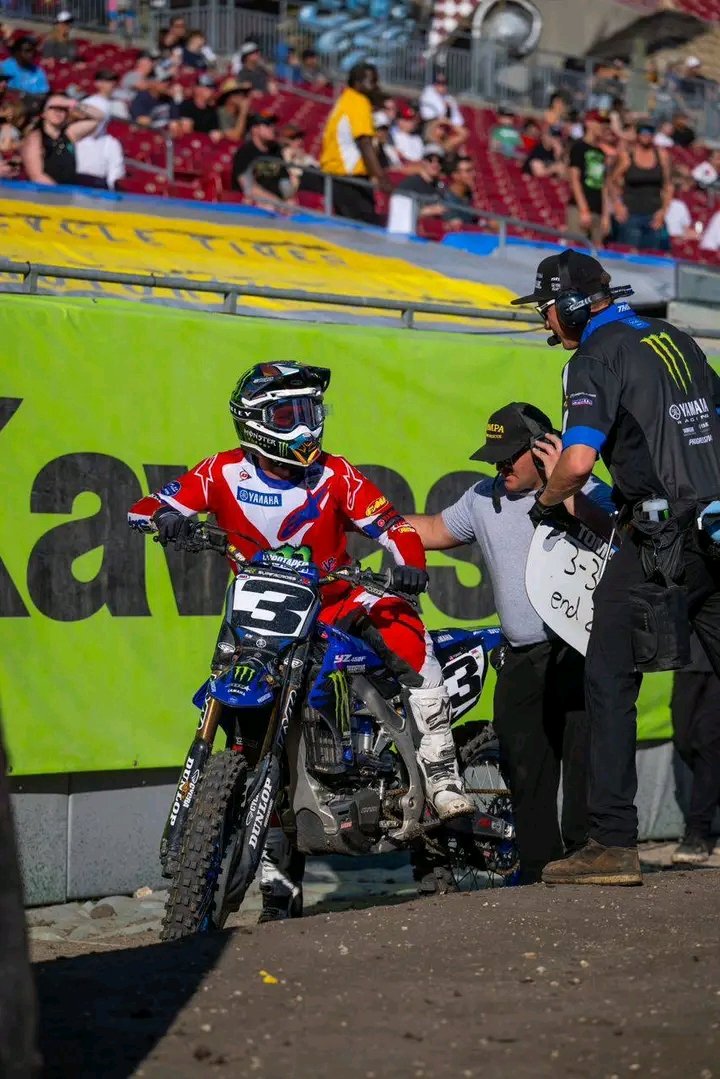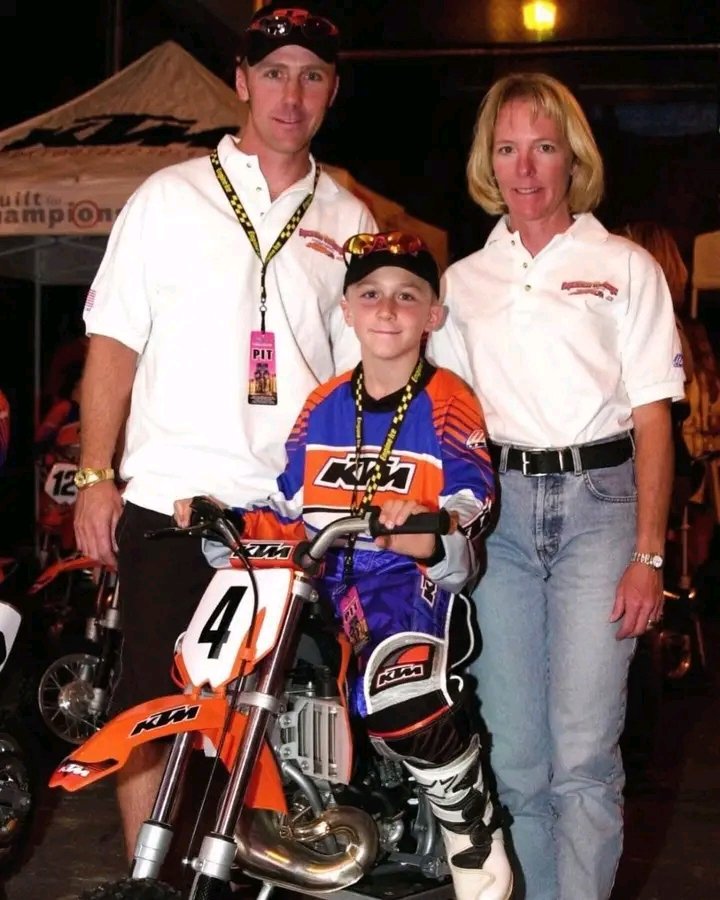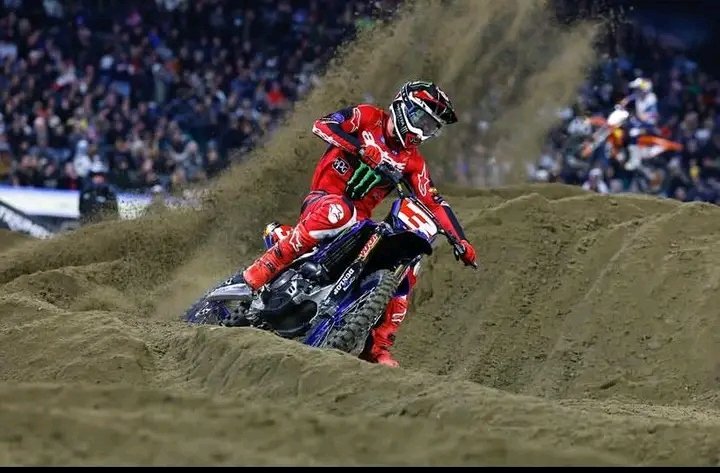
In a recent discussion within the motocross community, Haiden Deegan, a rising star in the sport, addressed comments made by Ricky Carmichael regarding Eli Tomac’s skills and the role of modern technology in motocross. Deegan acknowledged Carmichael’s status as the “Greatest of All Time” (GOAT) in motocross, citing his seven AMA Motocross Championships and numerous Supercross victories. However, Deegan emphasized that advancement.
Deegan’s perspective highlights a critical aspect of motocross: the evolution of motorcycle technology. In the 1970s, riders competed on bikes that were significantly less advanced than those in the 1980s, which, in turn, were outpaced by the machines of the 1990s and beyond. Suspension systems, engine performance, and materials have all seen substantial advancements, contributing to the progression of the sport.
Ricky Carmichael’s era in the late 1990s and early 2000s saw significant technological improvements compared to previous decades. Bikes became lighter, more powerful, and more reliable, allowing riders to push the limits of performance. Carmichael’s dominance during this time was a testament not only to his unparalleled skill and determination but also to his ability to leverage the best technology available.
Eli Tomac, competing in the current era, benefits from even more advanced technology. Modern motocross bikes feature cutting-edge electronics, refined suspension systems, and materials that enhance performance and durability. These advancements enable riders like Tomac to achieve remarkable feats on the track.

Deegan’s argument suggests that while technology has evolved, the essence of competition remains rooted in the rider’s skill, adaptability, and mental fortitude. Each generation of riders has faced the challenge of mastering the best equipment of their time, pushing the boundaries of what is possible in the sport.
It’s also important to recognize that technological advancements do not diminish the achievements of past champions. Instead, they highlight the continuous progression of the sport and the ability of top athletes to excel regardless of the tools at their disposal. Carmichael’s success was achieved through a combination of exceptional talent and the effective use of the technology available during his career. Similarly, Tomac’s accomplishments are a result of his skill and the advantages provided by modern advancements.
The debate over the impact of technology on performance is not unique to motocross. In many sports, athletes benefit from improved equipment, training methods, and understanding of human physiology. These factors contribute to the breaking of records and the setting of new standards. However, the core attributes of a champion—dedication, resilience, and the relentless pursuit of excellence—remain constant.
In conclusion, Haiden Deegan’s response to Ricky Carmichael’s comments underscores the dynamic nature of motocross. While technology continues to advance, providing riders with superior equipment, the fundamental qualities that define greatness in the sport endure. Each era builds upon the previous one, with riders pushing the limits of what is possible, regardless of the machinery they ride. This progression enriches the sport’s history and sets the stage for future generations to continue the legacy of excellence
in motocross.


